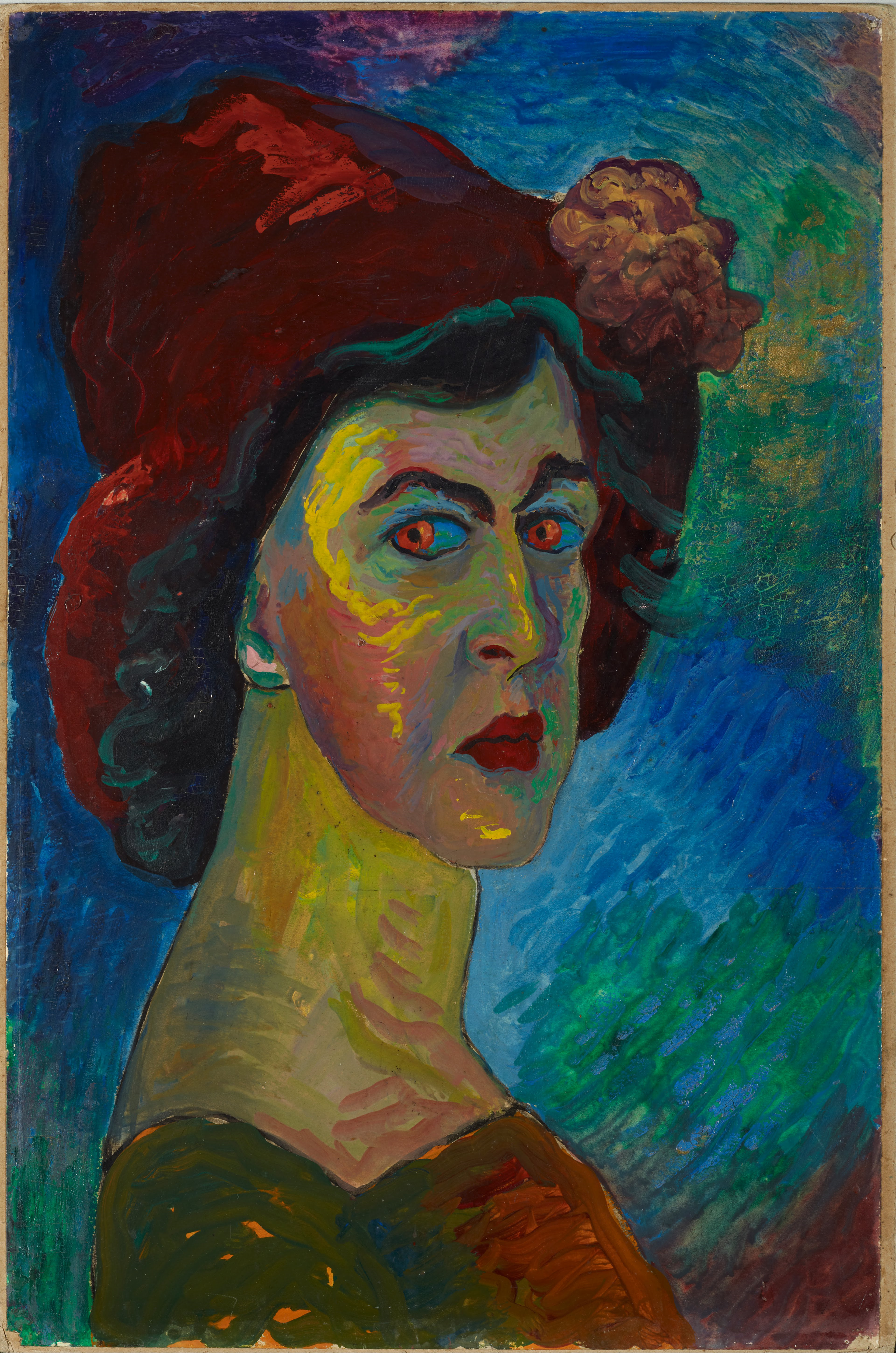Marianne von Werefkin was a Russian-Swiss painter and a key figure in the development of Expressionism. Known for her intense, emotive style, Werefkin's work bridged the gap between the Impressionist influences of her early career and the bold, expressive techniques that characterized her mature period.
Born in Tula, Russia, to an aristocratic family, Werefkin showed early talent in art. She received formal training under the Ukrainian realist painter Ilya Repin, where she developed strong foundational skills. Despite her promising start, Werefkin put her artistic career on hold to support her partner, Alexej von Jawlensky, also a painter. It wasn't until 1906, after moving to Munich, that she resumed her own painting in earnest.
Werefkin's move to Munich marked a significant turning point in her artistic development. She became involved with the avant-garde group known as the Neue Künstlervereinigung München (NKVM), which she cofounded with Jawlensky, Wassily Kandinsky, and others. This group later evolved into the more radical Der Blaue Reiter, which was crucial in the development of German Expressionism.
Her art frequently explored themes of alienation, existential anxiety, and the human condition. She was particularly interested in the lives of the working class and often depicted scenes of urban life and labor, imbuing them with a sense of dignity and gravitas.
P.S. If you enjoy reading stories about art from various times and regions in the world, subscribe to DailyArt Magazine newsletter and have them delivered directly to your e-mail!

,_1907.jpg)
 Marianne von Werefkin
Marianne von Werefkin